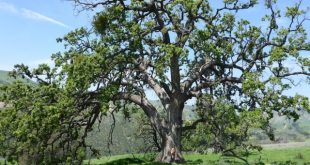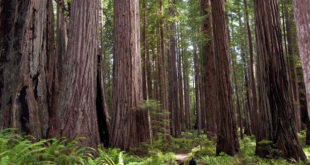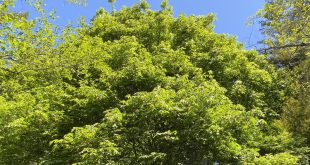Like the closely related red alder, white alder is a species that grows along the riparian corridor and shares many of its adaptations to streamside conditions. [Photo: 1a, 1b]
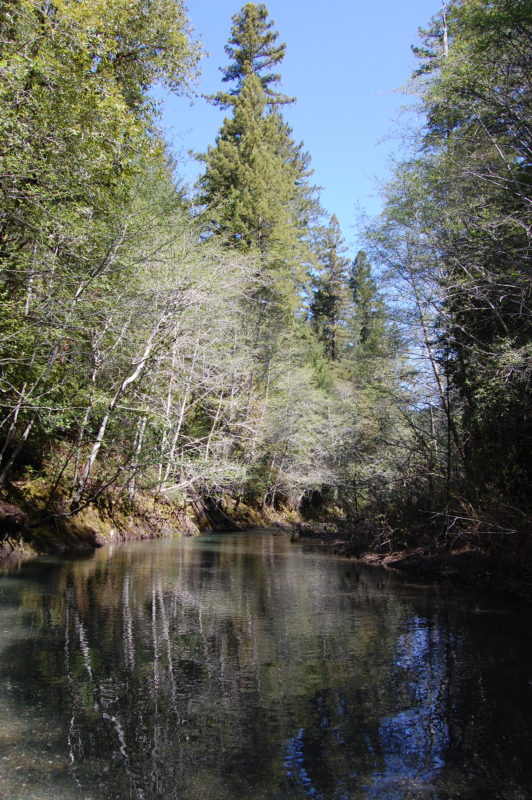
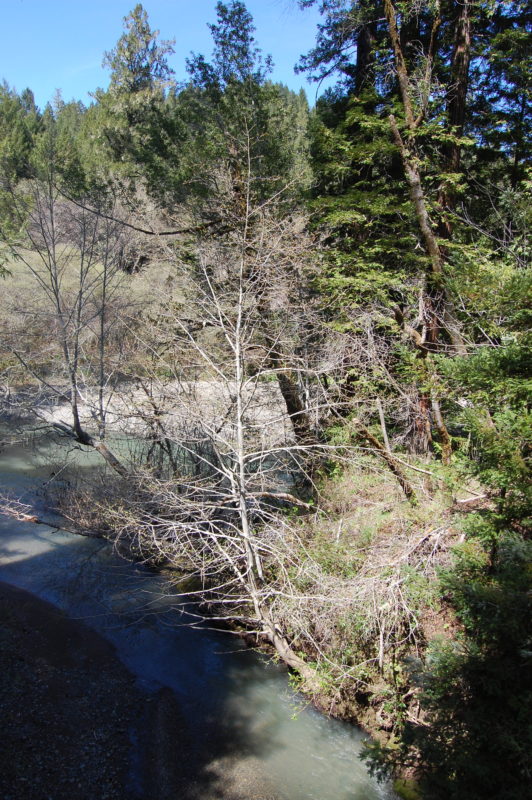
In general it occurs more inland from the coast and in more upland areas than the red alder whose occurrence tapers off farther east in the watershed. According to Jepson, white alder has the greatest range in altitude of any species of alder, since it can occur at sea level all the way up to 8,000 feet in the southern Sierra Nevada. Trees along the moist canyons of the north coast can attain heights of 100 feet or more, though normally the white alders that we see along the Gualala River are of much more modest height.
Comparing Red Alders and White Alders
From a distance it’s possible to confuse the two species. Up close it’s apparent that white alder has a more refined appearance: young trees have smoother bark [Photo: 2], and the inner bark is not red. [Photo: 3]
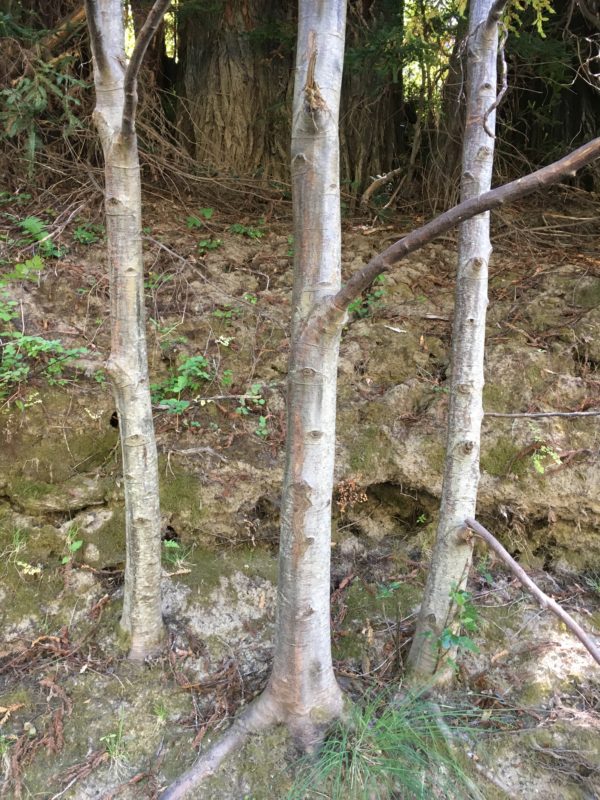

In general, the leaves can be glossier, have finer serrations around the margins which are not rolled under, and the veins are not depressed. [Photo: 4] That said, the shape of white alder leaves can vary considerably from being more elliptical and elongated to more rhomboid, and this can be a source of confusion.
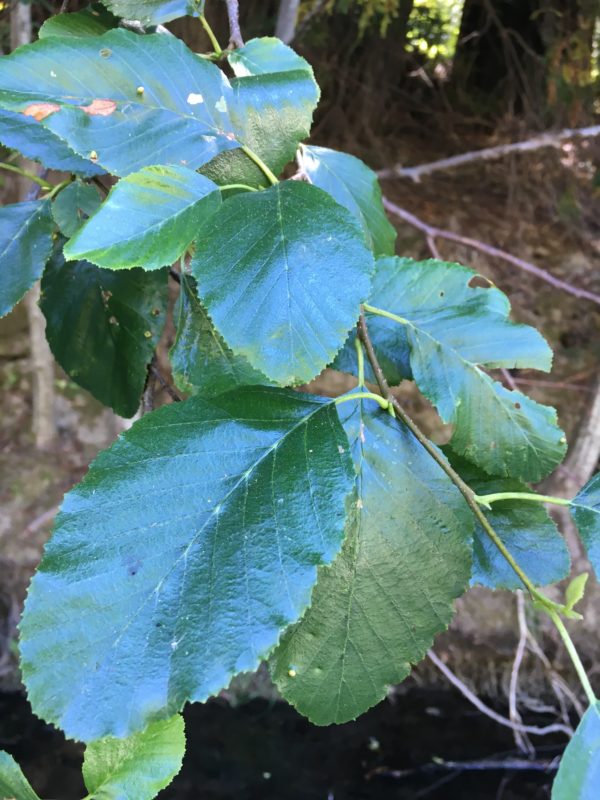
The species life history is similar to that of the red alder: in early spring just before the trees leaf out, male and female catkins appear. The catkins of white alder are very similar to those of red alder except that, in general, the male catkins of red alder are longer and fatter. [Photo: 5] The female catkins mature into cone-like strobiles in the summer. [Photo: 6] In late summer and early fall when the small papery winged seeds are mature , they are dispersed by the wind. [Photo: 7]



Like the red alder, the white alder has a symbiotic relationship with Frankia alni, the nitrogen-fixing bacteria that enables the alders to fertilize the disturbed stream side zones that they inhabit; however, white alder is a low producer of nitrogen by comparison with red alder. [Photo: 8]
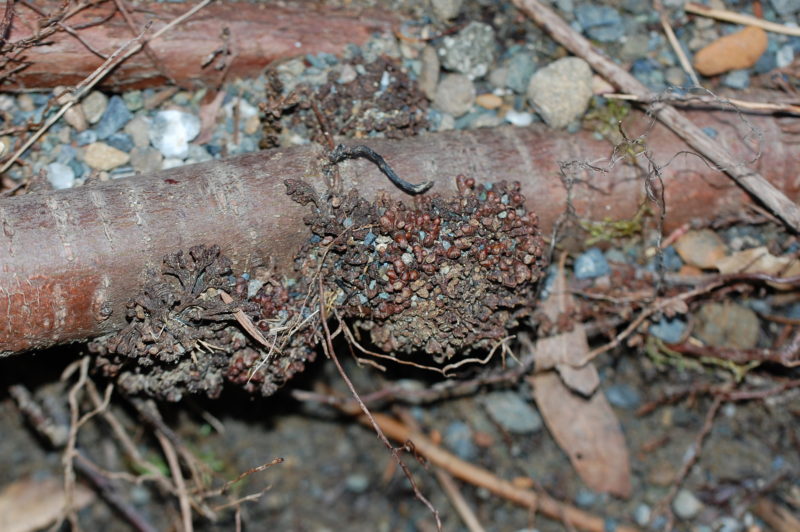
Where to See White Alders
Two of the best places for the public to see white alders up close is at the Soda Springs Reserve out on Soda Springs Road and the public access on the Wheatfield Fork near the confluence of Haupt Creek along Skaggs Springs Road. There you can see that the alders occupy a distinct but narrow portion of the bank as the large redwood trees crowd them. [Photos: 9, 10 11]
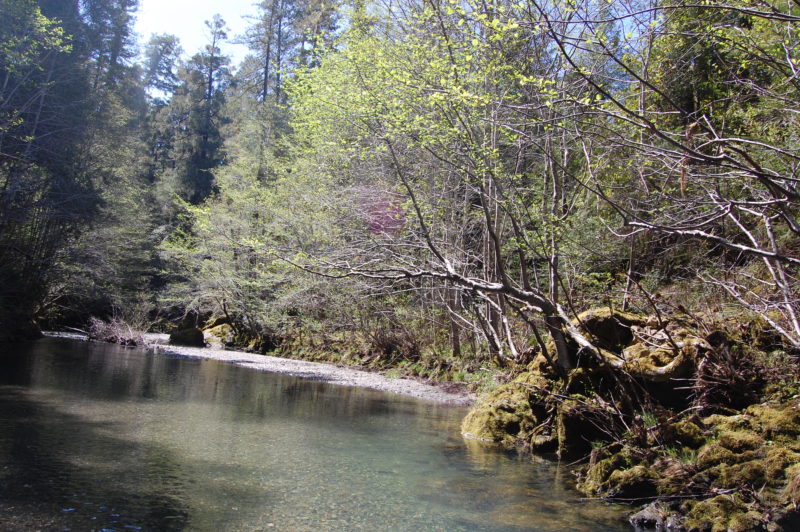
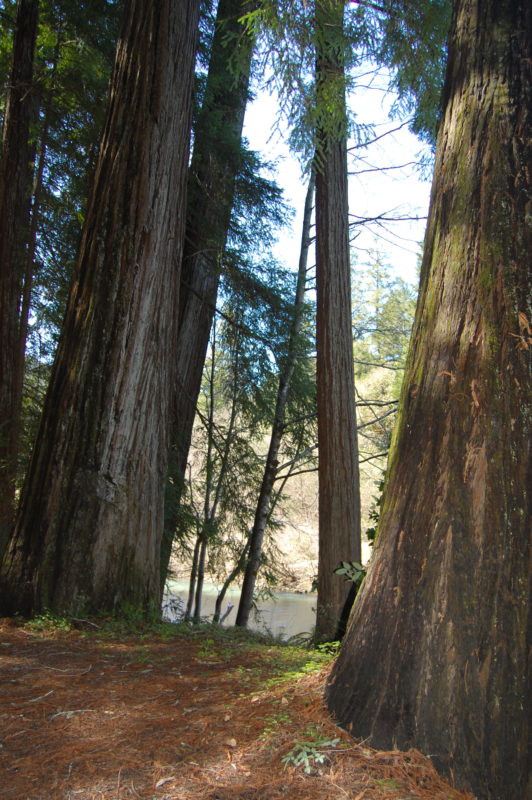
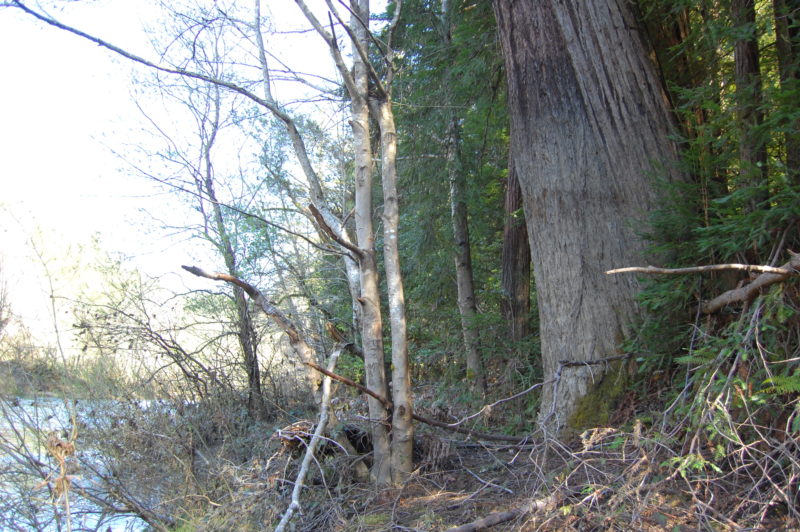
Recently, information about the distribution of red alders and white alders has been gathered by The Conservation Fund (TCF) through mapping of portions of the Buckeye Forest. The surveys done for TCF reveal that red alder grows only as far as portions of Buckeye Creek, while white alder is the dominant alder species in the riparian areas of the Buckeye Forest and occurs along the following creeks: Redwood, Pulchar, South Fork Flat Ridge, Buckeye, Osser, Flat Ridge and Rockpile.
The mapping also shows that white alder forms natural communities of high conservation value along these streams with willows (sitka, Pacific, and arroyo), bigleaf maple, canyon live oak, and California bay. There are also numerous ferns, sedges, grasses, herbaceous perennials, and mosses in the understories of these communities many of which can be found in the white alder community along Buckeye Creek in Soda Springs Reserve which is a short distance from the Buckeye Forest. [Photos: 12a, 12b, 12c]
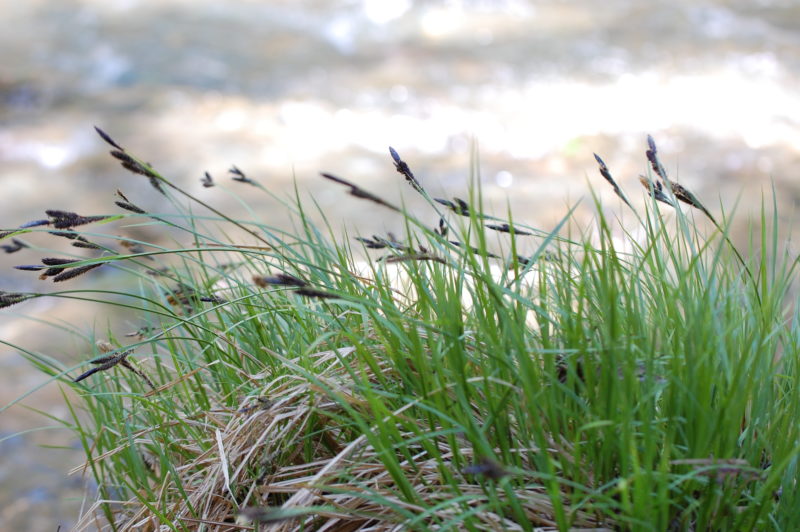
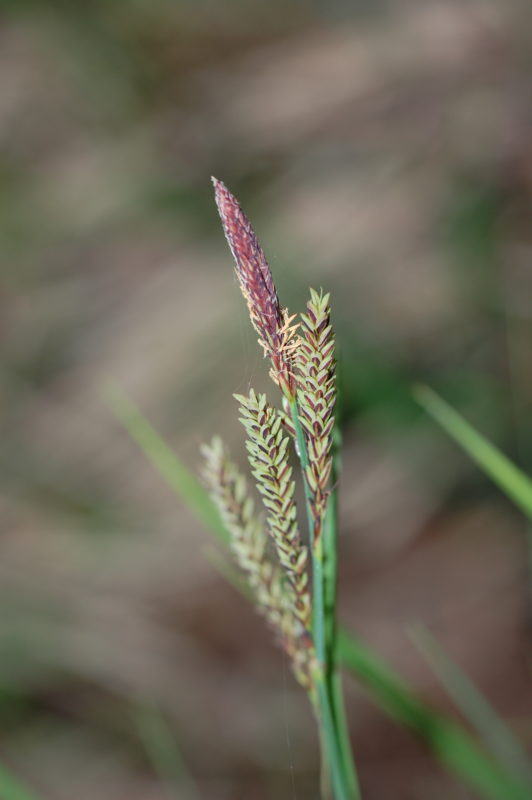

Selected Sources
The Conservation Fund. 2017. The Buckeye Forest Integrated Resource Management Plan.
Jepson, Willis Linn. 1910. The Silva of California.
Sudworth, George B. 1967. Forest Trees of the Pacific Slope.
USDA Natural Resources Conservation Service
 Friends of Gualala River Protecting the Gualala River watershed and the species living within it
Friends of Gualala River Protecting the Gualala River watershed and the species living within it
